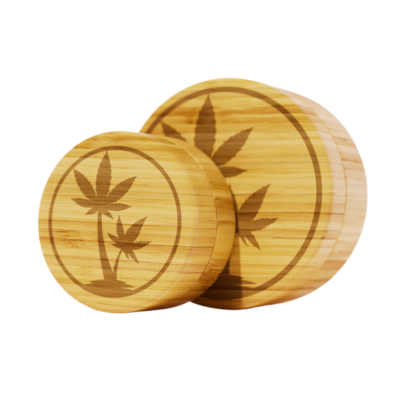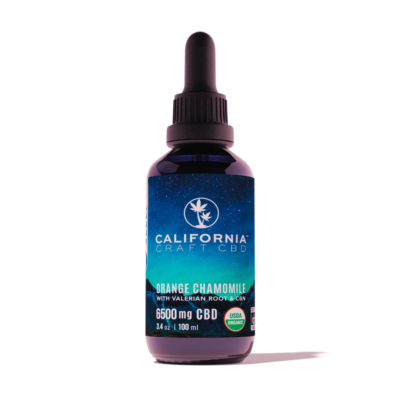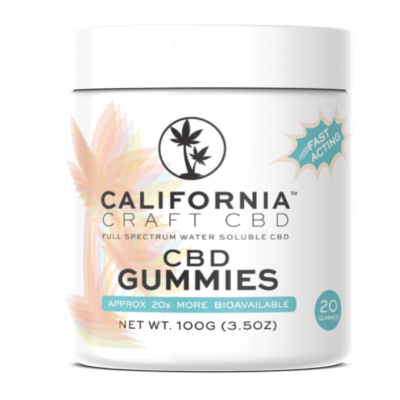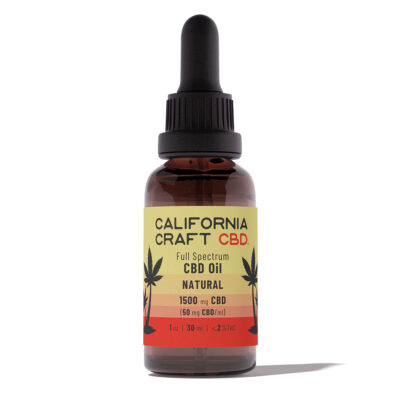If you’re new to CBD, or even if you’ve been using it for a while, chances are you’ve asked the question: how much CBD should I take?
There is no standard dose for CBD, or cannabinoids in general for that matter. That’s because the amount to CBD you need will vary depending on several factors: your own endocannabinoid system, what’s in the product you’re taking, and how you’re taking it, to name just a few.
To complicate matters, dosage by serving size varies from product to product. So when you buy a CBD oil, gummies, or capsules it’s not as easy as just taking what’s recommended on the label and calling it a day.
The good news is, there are some simple strategies to help you get to the right dosage, or as experts call it “the sweet spot.”
First, let’s take a closer look at why CBD dosage varies from person to person.
Why CBD Oil Dosage Varies
The body is a complicated beast. There are several variables at play that will determine your optimal dose of CBD, for example:
- Your Unique Physiology: Each person’s endocannabinoid system is different, giving them a unique “endocannabinoid tone” that will require different amounts of CBD.
- Why You’re Taking CBD: Another factor at play is why you’re taking it and the severity of the symptoms. One dose might be appropriate for helping you manage anxiety, while another might be needed to treat pain, for example.
- What Kind of Product You’re Taking: Full-spectrum and broad-spectrum products tend to require lower doses than isolate products because of the benefits of other beneficial plant compounds that create a synergistic effect called “the entourage effect.”
Finding The Best Dose of CBD Oil For You
The best way to find the right amount of CBD oil for you is through a process called “self-titration.” This just means gradually increasing the amount you take until you find that sweet spot that works best.
With cannabinoids, more does not mean better. Overdoing it won’t mean you’re going to get more benefit, in fact, cannabinoids often have what is called a “biphasic effect.” This means they can have opposite effects at different doses. THC is a classic example, with its ability to relieve anxiety at low doses and cause anxiety at higher doses. Initial research suggests that CBD might have biphasic effects, too, in making subjects more alert at lower doses and sleepy at very high doses.
The lowest effective dose will ultimately be best for both your body and your wallet. Here are some simple strategies to consider when figuring out how much CBD oil to take.
Start Low & Go Slow
This is the tried and true method for finding your optimal dose. Begin with a low dose of 5-10mg and give your body a few days or up to a week to adjust before incrementally increasing. Stop when you are feeling the effects you hoped for.
Experiment
Not just with the amount you take, but with the products you are taking and how you take them.
Products contain different profiles when it comes to the cannabinoids they contain, along with other active compounds like terpenes and flavonoids that have their own therapeutic effects. This means each product has its own unique formulation, which can be more or less effective for you.
There are also several different ways to ingest CBD: via the membranes under the tongue with oil or tincture, in capsules or gummies that are swallowed and digested, through inhalation by smoking or vaporizing, or topically on the skin. Each delivery method has its own pros, cons, and duration of effect that will change the amount needed.
Lastly, you can experiment with the time of day and frequency. The best time of day to take CBD will depend on why you’re taking it and how it affects you–it might make sense to take three smaller doses over the course of the day or perhaps a larger dose at the beginning or end of the day.
The great news is there are lots of levers that can be played with to find the right dose and schedule for your needs.
Keep A Journal
A great way to keep track of your experimentation with different amounts, products, and schedules is with a journal. Some companies make journals especially for CBD tracking, but it could as simple as just jotting down the pertinent details on the time of day, product, and the number of milligrams in any notebook.
The value of a journal is in keeping track of what you’re doing and how you’re feeling, so you can adjust as needed!
Final Thoughts
The good news is that CBD is generally regarded as very safe, meaning you can experiment with confidence and without worry. If you’ve followed the strategies outlined here and you’re still not experiencing the effects you want, check out our top 5 reasons why CBD might not be working for you.
Always talk to your doctor if you are taking any other prescription medications, as CBD may interact with them. If any of the medications you take caution you not to eat grapefruit, there is a chance CBD will cause an interaction.
How much CBD oil do you take? How did you figure out the best CBD oil dose for you? Share your experiences with the California Craft community in the comments or connect with us on Instagram, Facebook, Pinterest, or Twitter. We’re always happy to help.
—
Lauren Wilson is a bestselling author, freelance writer, and educator. She is the author of Healing with CBD: How Cannabidiol Can Transform Your Health Without the High (Ulysses Press, 2018) and The CBD Solution: Wellness (Chronicle Books, 2020). Her third CBD title, The CBD Solution: Living will be out March 30, 2021. You can find her online at laurenmwilson.com.




